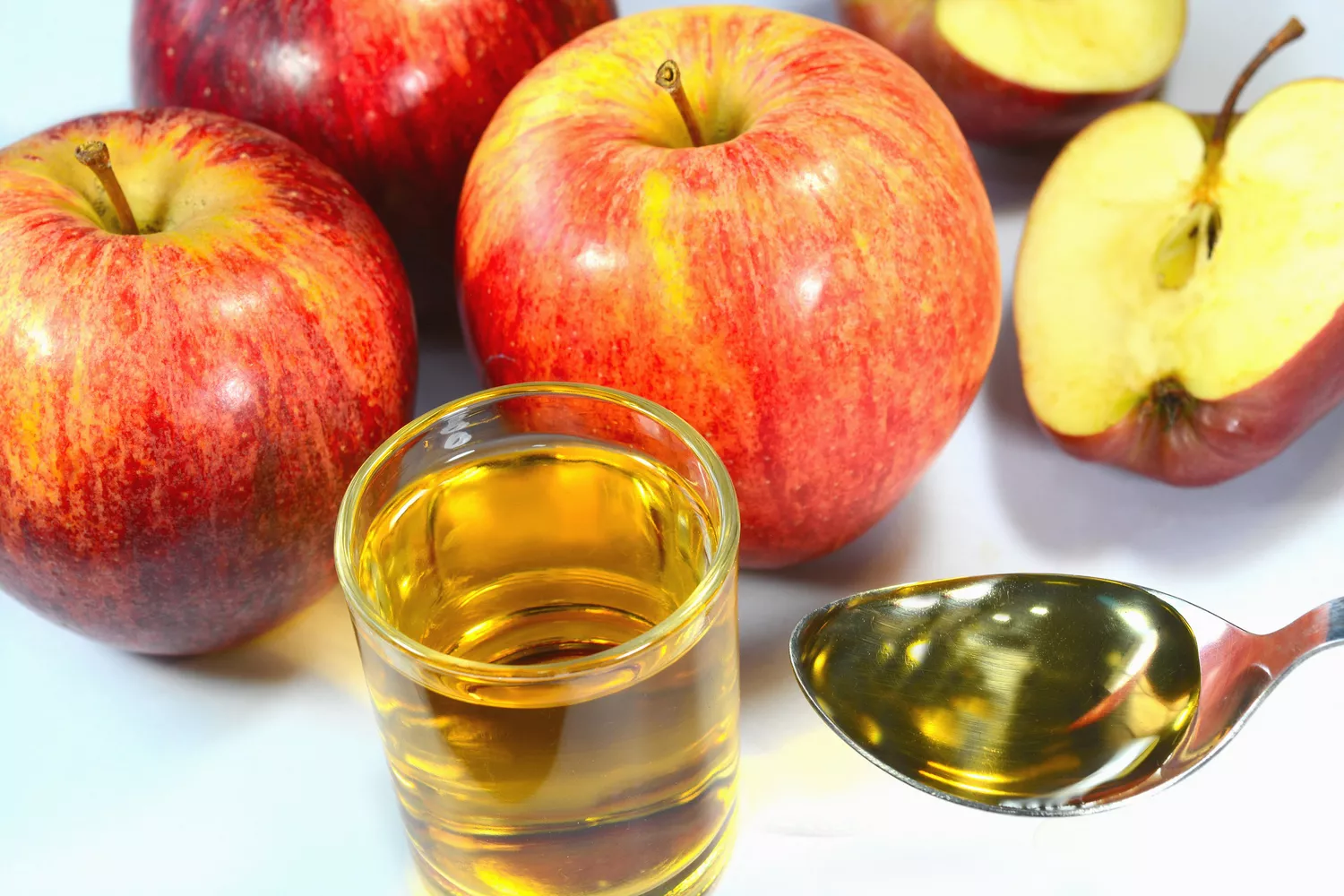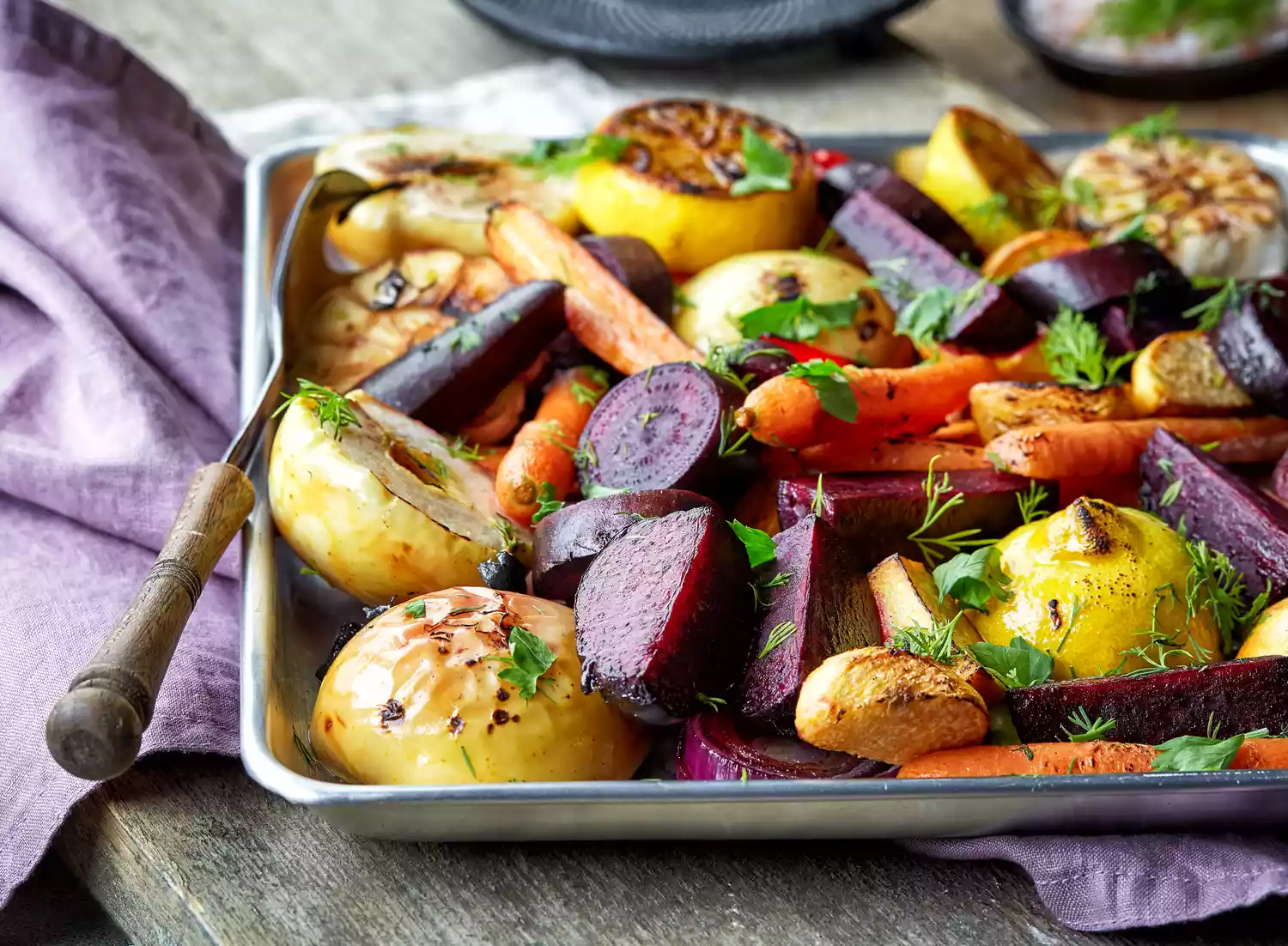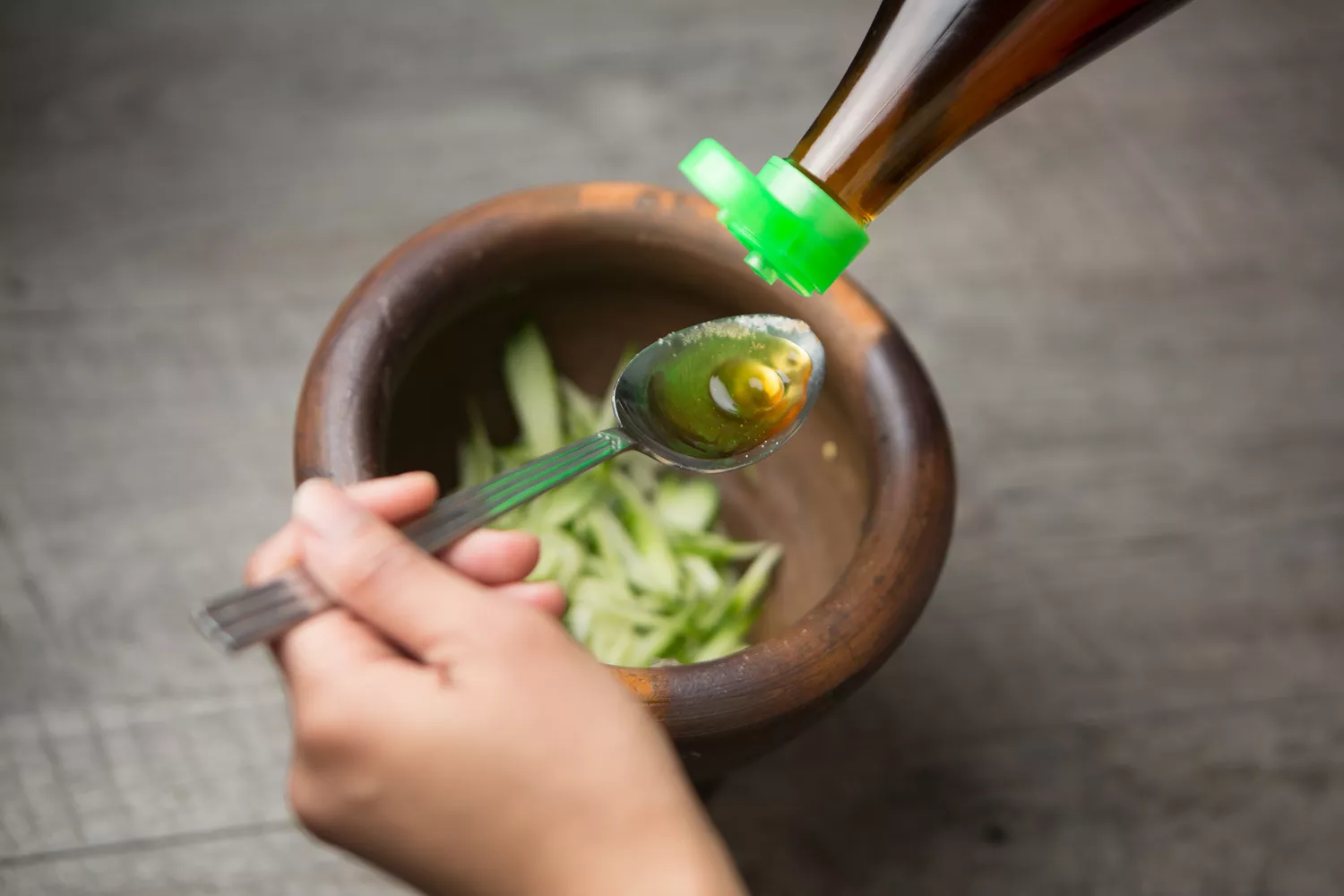Glance into any well-stocked cupboard and you’re likely to find balsamic vinegar. This preferred active ingredient is a staple in salad dressings, sauces, and lusters. Its acidic bite is typically made use of to comparison with milder preferences, soften meat, or even compete with bitter tastes, reducing their impact on the taste.
In addition to its lots of functions in recipes, balsamic vinegar may provide some health advantages. Some study has actually revealed its antioxidant buildings could help lower triglycerides.1 Consuming vinegar in meals may also assist maintain blood sugar constant.2.
Considering that vinegar has been used considering that old times for a variety of health results, it’s not shocking that the word “balsamic” originates from the exact same Latin root as “balm”– as in, a relaxing, alleviative substance.3.
This versatile active ingredient is an exceptional one to stock. Often, however, even the best-provisioned cooking area might run out of balsamic vinegar. When that holds true, numerous basic substitutions can stand in with similar outcomes.
Why Use a Balsamic Vinegar Substitute.
Since balsamic is so extensively used and generally available, you most likely will not have a hard time locating it at your regional supermarket or market. One of the most likely situation for requiring a replacement is simply lacking it.
Still, some people might need a balsamic vinegar alternative for other reasons. It’s feasible (though uncommon) to be adverse vinegar. Those with an allergy ought to be diligent regarding eliminating it from their diet regimen. Other people might be delicate to several of the substances discovered in vinegar, consisting of sulfites, histamines, salicylates, and acetic acid. If you recognize you have an issue with any of these “covert” components, you might favor to choose a similarly flavorful substitute that doesn’t include them.
Balsamic Vinegar Nutrition.
In the amounts normally used in food preparation, balsamic vinegar doesn’t provide several nutrients. The following nourishment information for 1 tablespoon (16 grams) of balsamic vinegar is given by the USDA.4.
Calories: 14.
Fat: 0g.
Sodium: 4mg.
Carbohydrates: 2.7 g.
Sugars: 2.4 g.
Fiber: 0g.
Protein: 0g.
Balsamic vinegar’s negligible quantity of calories per offering is given nearly totally by carbs from normally happening sugars. Since it’s so low in calories, carbs, fat, and salt, it’s a superb choice for seasoning foods without diminishing a lot of nourishment objectives. It likewise will not usually disrupt unique diet regimens.

Finest Replacement For Balsamic Vinegar.
If you have actually trembled the last decline of balsamic vinegar from the bottle (and don’t have the chance to change it as soon as possible), you’re in good luck. The complying with three alternatives function well as alternatives.
Soy Sauce.
You likely link balsamic vinegar with the Mediterranean area where it’s produced. So it might seem strange that soy sauce– a staple of Asian food– is a practical alternative. But as a result of soy sauce’s comparable shade and acidic taste, in small amounts, it can stand in with a one-to-one ratio to balsamic vinegar.
To make soy sauce a closer match to balsamic vinegar’s piquancy, you can attempt blending it with various other usual components. Some individuals speak highly of a mixture of soy sauce and grape jelly– or you may try tinkering with a mix of soy sauce, lemon juice, and molasses. Once again, these alternatives can be made use of in the exact same amounts as balsamic vinegar in recipes. Just taste as you most likely to assess the flavor of your replacement.
Using soy sauce alone or in combination with other components can resemble balsamic vinegar in a pinch, yet will certainly alter a finished recipe somewhat in regards to preference and texture. If utilizing soy sauce with molasses or grape jelly, make certain to blend well to avoid extreme density that may gum up dressings or marinates.
When it comes to nutritional distinctions, soy sauce is calorically equivalent to balsamic vinegar at 11 calories per tablespoon.5 One of the most considerable nutrient distinction between the two is sodium web content. Whereas balsamic vinegar contains 4 milligrams of sodium per tablespoon, soy sauce packs 1,010 milligrams– so it’s not an excellent option for people on a low-sodium diet regimen. Keep in mind, as well, that soy sauce includes gluten. Those with gastric disease or gluten sensitivity will require to make use of a various replacement.
Red Wine Vinegar and Syrup.
Possibly you do not have balsamic vinegar in the pantry, yet you may have its family member, merlot vinegar. While red wine vinegar by itself does not make the very best alternative to balsamic, sweetening it with a bit of syrup can achieve a near-equivalent taste. Similar to soy sauce mixes may require some experimentation, this combination likewise hinges on your culinary imagination and individual palate. Begin by blending 1 tablespoon merlot vinegar with 2 tsps maple syrup. Examination to see if this mix meets your standards and readjust from there.
Switching to a mixture of red wine vinegar and maple syrup comes with one remarkable disadvantage: it won’t produce the exact very same dark brown color of balsamic vinegar. If shade issues in your dish, you may wish to utilize a replacement that’s comes closer to balsamic’s chocolate brown shade.
Nutritionally, this combination likewise features some significant differences from balsamic vinegar. Red wine vinegar is reduced in calories than balsamic at a mere 3 calories per tablespoon, however including maple syrup will certainly increase calories and carbohydrates. 2 tsps of syrup consist of 35 calories and virtually 9 grams of carbohydrates.6 Depending on the amount of balsamic vinegar a dish asks for, this may be an essential consider your decision to use this substitute.
Worcestershire Sauce.
Difficult to spell, very easy to use, Worcestershire sauce is one more typical component you can use as a one-to-one replacement for balsamic vinegar in small amounts. Though it might not be your first choice (because its taste is much more mouthwatering and less zesty than that of vinegar), its shade and structure work well in dressings, lusters, and marinades. Just like soy sauce, you can always try including a drizzle of lemon juice and sweetener to Worcestershire to help it reproduce balsamic vinegar’s taste extra carefully.
Subbing Worcestershire additionally will not do much to transform the nourishment profile of recipes. One tbsp contains just one calorie less than a tbsp of balsamic vinegar and one additional gram of carb.7.


